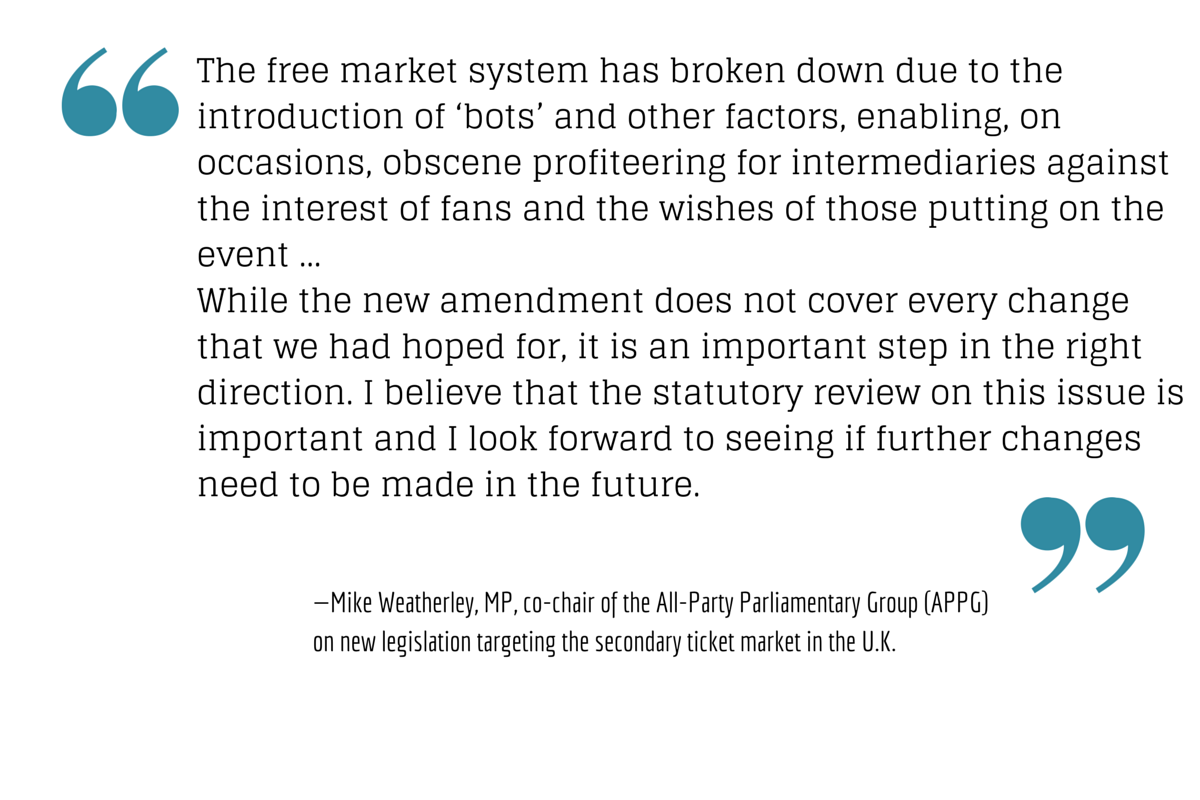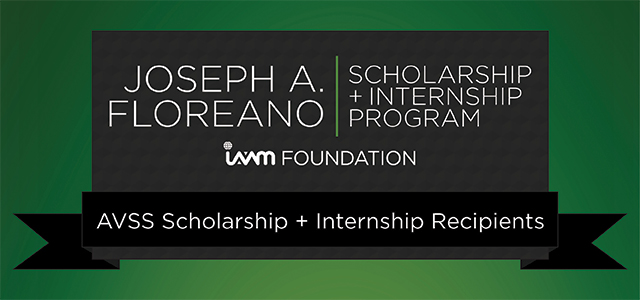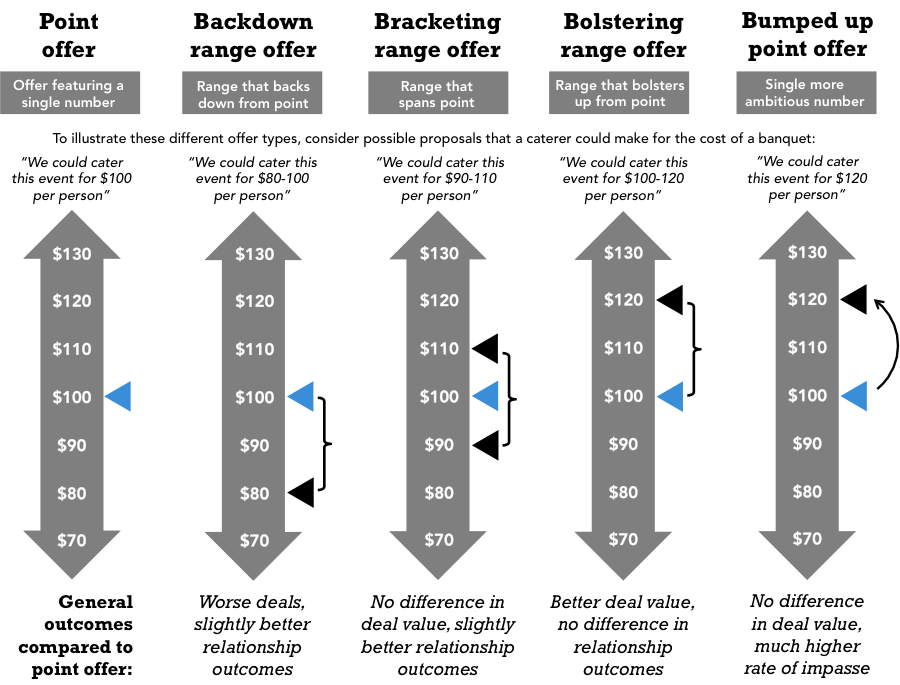Sustainability Tip for February
Is love still in the air?
Even though Valentine’s Day has passed, we may still have the reminders of those heart-shaped candy boxes lying around. Check to see if the boxes are all or partially recyclable, or consider re-using them for another gift or possible storage. America Recycles Day offers this thought, “That box could live on to ship a care package, carry a birthday cake, or conceal the perfect gift! Recycle boxes this month, and beyond!”
Go to http://americarecyclesday.org/ for more information on this or other recycling tips.
[photo credit: Love Birds Like Chocolates, So I’m Sold via photopin (license)]
iCommit: Building an Even Stronger IAVM
IAVM’s get-a-member campaign, iCommit, is under way. We are three months in and have added more than 320 new members. Our goal is to add 600 new members by March 31, 2015. We have five weeks left before the campaign ends, and we are halfway there.
Your support may be rewarded with one of five $500 Apple Gift Cards! So what do you need to do to get your name in the drawing*? Encourage your employees, colleagues, students, and customers who are not connected with IAVM to join!
To ensure you are eligible to win, make sure the new member who joins lists your name in the Application Section titled “Who Recommended IAVM To You?” and enters “iCOMMIT” in the Promotional Code field in the payment method section of the membership applications. By entering the promo code, the $150 one-time initiation fee will be waived.
What’s In It For You?
We are getting very close to a community of 5,000 members. Be a part of history. More members means more collaboration, a bigger and more diverse network for you, and a greater pool of experts to create inspiring and motivating educational sessions at IAVM events. Encourage new ones to join our ranks, the largest non-profit organization serving the needs of the venue management industry. And possibly win a $500 Apple Gift Card (generously provided by Ungerboeck Software Intl.).
If you have questions, please contact me or Summer Beday at 972.906.7441 or membership@iavm.org. We value and appreciate your support of IAVM!
*Drawing – Win one of five-$500 Apple Gift Cards. For each new member that lists your name on their new IAVM membership application, your name will be entered in a drawing. Winners will be announced in April 2015.
(photo credit: SimpleSkye via photopin cc)
Announcing AVSS Scholarship + Internship Recipients
The Foundation is proud to announce the Joseph A. Floreano Scholarship + Internship Program recipients for the 2015 Academy for Venue Safety & Security (AVSS) recognizing two deserving individuals who demonstrate leadership, character, community involvement, and the potential to be future leaders in the venue management industry.
“As leaders we know there is a cause and effect from the level of preparation and quality to the results we see. How we choose to invest in people impacts our results,” said Sarah Rogers, IAVM director of development. “The Foundation provided the seed funding for AVSS over 10 years ago, and we couldn’t be more proud to further our investment in the continued development of safety & security for venue professionals.”
The Foundation also offers scholarships + internships to a variety of other IAVM conferences and schools, click here to learn more and to apply. Thanks to the support of committed donors, together we are Building Amazing Futures. Click here to learn more about the Foundation’s annual campaign. Continue Reading →
In Negotiation? Offer Two Numbers Instead of One
You may have been advised in the past that making a range offer during negotiations is a bad move. However, some new research from Columbia Business School proves differently and that range offers are beneficial.
“For years, we taught students to avoid making range offers in negotiations, assuming that counterparts receiving those offers would have selective attention, hearing only the end of the range that was attractive to them,” said Daniel Ames, co-author of the research and the Ting Tsung and Wei Fong Chao Professor of Business at Columbia Business School. “Our results surprised us, up-ending how we teach the topic. We can’t say that range offers work 100 percent of the time, but they definitely deserve a place in the negotiator’s toolkit.”
For the research, Ames and co-author Malia Mason, the Gantcher Associate Professor of Business at Columbia Business School, conducted a series of studies to understand people’s reactions to negotiators making a variety of different offers. Single-number point offers, such as asking for a 15 percent discount, were compared with three different kinds of range offers. Here’s what they found.
Bolstering Range Offers
These start with the point and stretch in an even more ambitious direction, like asking for a “15 percent to 20 percent” discount instead of just “15 percent.” Most negotiation experts say this strategy is doomed because the bargaining counterpart would hear only the 15 percent end of the range. Ames and Mason found that Bolstering Range Offers frequently led to better settlements for the offer-makers without harming the relationship with the other party.
Bracketing Range Offers
These span the point, such as asking for “13 percent to 17 percent” instead of “15 percent.” Experts in the past would likely have said this strategy was sure to lose value. Ames and Mason found that negotiators using Bracketing Range Offers didn’t reach worse deals than those using point offers, but they frequently experienced relationship benefits, such as being seen as more flexible.
Backdown Range Offers
These start with the point and then offer a more accommodating value, like asking for “12 percent to 15 percent” instead of “15 percent.” In this instance, Ames and Mason’s research fell in line with prior conventional wisdom. Those using Backdown Range Offers ended up with less value than those using point offers, but didn’t see more relational benefits than Bracketing Range Offers.
“While negotiation experts have been advising against range offers for a long time, many people use them,” Mason said. “A good share of the time, people use backdown range offers, and our work suggests that’s unwise. But many people use bracketing or bolstering range offers, and our research shows that they’re onto something. Those range offers can draw out more accommodating responses from a counterpart.”
(Text and image: Columbia Business School)
Do you want to receive a Front Row News weekly digest?
Categories
- Allied (861)
- Architecture (147)
- Arenas (747)
- Career (897)
- Convention Centers (895)
- Education (623)
- Events (1,544)
- Food & Beverage (193)
- Foundation (113)
- Guest Experience (1,496)
- Industry News (2,270)
- Leadership (1,888)
- Marketing (150)
- Membership (2,000)
- Music (213)
- Performing Arts Centers (454)
- Professional Development (409)
- Research (127)
- Safety & Security (442)
- Sports (763)
- Stadiums (608)
- Student (159)
- Technology (516)
- Ticketing (92)
- Touring (82)
- Trends (364)
- Uncategorized (743)
- Universities (218)
- Video (25)
- Young Professional (198)
Twitter Feed
- Twitter feed loading
Recent Posts
- Venuworks and ATG Entertainment Selected to Manage Fresno Convention and Entertainment Center
- Seattle Convention Center Announces Strategic Leadership Appointment and Growth Initiatives for 2026
- Peggy Daidakis Humbly Made Convention Center History
- Welcome to Our Newest Members
- New Member Benefit! IAVM Partners with Advantage Training to Elevate Staff Readiness and Guest Experience
Categories
- Allied
- Architecture
- Arenas
- Career
- Convention Centers
- Education
- Events
- Food & Beverage
- Foundation
- Guest Experience
- Industry News
- Leadership
- Marketing
- Membership
- Music
- Performing Arts Centers
- Professional Development
- Research
- Safety & Security
- Sports
- Stadiums
- Student
- Technology
- Ticketing
- Touring
- Trends
- Uncategorized
- Universities
- Video
- Young Professional
Archives
- December 2025
- November 2025
- October 2025
- September 2025
- August 2025
- July 2025
- June 2025
- May 2025
- April 2025
- March 2025
- February 2025
- January 2025
- December 2024
- November 2024
- October 2024
- September 2024
- August 2024
- July 2024
- June 2024
- May 2024
- April 2024
- March 2024
- February 2024
- January 2024
- December 2023
- November 2023
- October 2023
- September 2023
- August 2023
- July 2023
- June 2023
- May 2023
- April 2023
- March 2023
- February 2023
- January 2023
- December 2022
- November 2022
- October 2022
- September 2022
- August 2022
- July 2022
- June 2022
- May 2022
- April 2022
- March 2022
- February 2022
- January 2022
- December 2021
- November 2021
- October 2021
- September 2021
- August 2021
- July 2021
- June 2021
- May 2021
- April 2021
- March 2021
- February 2021
- January 2021
- December 2020
- November 2020
- October 2020
- September 2020
- August 2020
- July 2020
- June 2020
- May 2020
- April 2020
- March 2020
- February 2020
- January 2020
- December 2019
- November 2019
- October 2019
- September 2019
- August 2019
- July 2019
- June 2019
- May 2019
- April 2019
- March 2019
- February 2019
- January 2019
- December 2018
- November 2018
- October 2018
- September 2018
- August 2018
- July 2018
- June 2018
- May 2018
- April 2018
- March 2018
- February 2018
- January 2018
- December 2017
- November 2017
- October 2017
- September 2017
- August 2017
- July 2017
- June 2017
- May 2017
- April 2017
- March 2017
- February 2017
- January 2017
- December 2016
- November 2016
- October 2016
- September 2016
- August 2016
- July 2016
- June 2016
- May 2016
- April 2016
- March 2016
- February 2016
- January 2016
- December 2015
- November 2015
- October 2015
- September 2015
- August 2015
- July 2015
- June 2015
- May 2015
- April 2015
- March 2015
- February 2015
- January 2015
- December 2014
- November 2014
- October 2014
- September 2014
- August 2014
- July 2014
- June 2014
- May 2014
- April 2014
- March 2014
- February 2014
- January 2014
- December 2013
- November 2013
- October 2013
- September 2013
- August 2013
- July 2013
- June 2013
- May 2013
- April 2013
- March 2013
- February 2013
- January 2013
- May 2012
- March 2012
- December 2011
- November 2011
- October 2011
Recent Comments
- Frank Bradshaw, Ph.D., CVE on John Meyer, CVE, a Tireless Advocate of Certification for Venue Professionals, Has Died
- Neil Sulkes on Hilary Hartung, Friend to Many in Venue Marketing, Has Left Us
- Jason Parker, CVE on The Devastation of Hurricane Helene and How We Can Support One Another
- Larry Perkins on Touhey Testifies Against Speculative Ticketing Before Congressional Subcommittee
- Peter Secord on Major Players for Planned Elkhart Amphitheater Were in the Mix at VenueConnect





